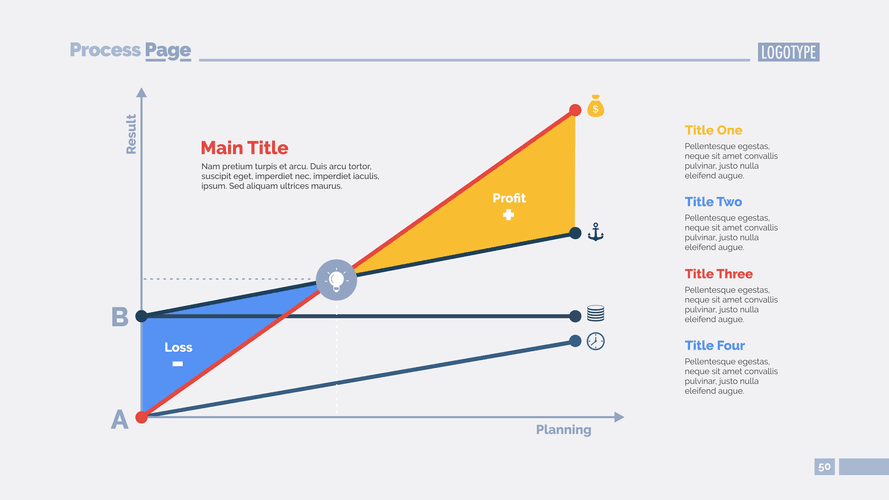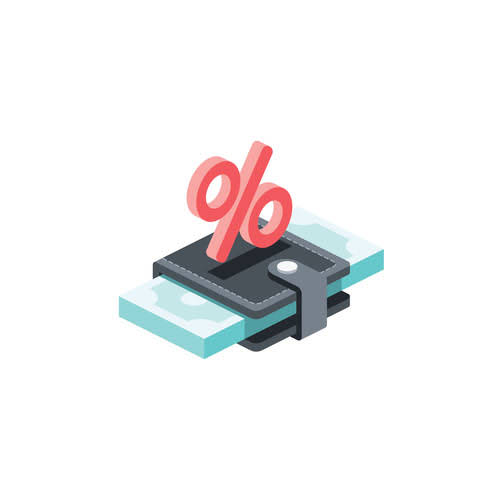
The 5A uses only packaging sleeves as its direct material, while other types may also include nylon, felt, and/or the ingredients for the proprietary handgrip. Direct labor and manufacturing overhead are used to test, weigh, and sound-match the drumsticks into pairs. During a month, Company B has a total cost of $55,000 in direct labor and $66,000 in factory overhead costs.

Prime Plus Conversion
In some industries, conversion https://www.instagram.com/bookstime_inc costs, including labour expenses, can exceed the total expenses on raw materials. In the food industry, converting raw food materials into edible food items is labour-intensive and requires specialised machinery. Direct labor includes only wages paid to workers who directly contribute to the formation, assembly, or creation of the product. Direct labor would not include, for example, salaries for factory managers or fees paid to engineers or designers. These employees are involved in the creation of the product concept and the day-to-day operation of the business rather than the hands-on assembly of items for sale.
- Rent of factory building, electricity, gas and coal used in production, salaries of production managers, depreciation of production machines and equipment are a few examples of these costs.
- This information helps managers know where to focus their attention when planning, directing and controlling costs.
- This guide will break down what total costs are, how to calculate them, and help to understand the differences between certain costs.
- By understanding the formula and following the outlined steps, you can accurately calculate conversion costs and make informed financial decisions.
- Higher conversion costs can lead to increased pricing of products, while lower conversion costs may allow for competitive pricing and higher profit margins.
Prime Costs
- Monitoring your total costs is crucial for making informed business decisions, and with Brixx, it’s easier than ever.
- Therefore, it’s important for small business owners to grasp what total cost means and how to calculate it accurately.
- The calculation for prime costs includes the amounts spent on direct materials and direct labor.
- Improved labor efficiency can lower direct labor costs, thereby reducing overall conversion costs.
- Generally, a business is looked upon as developing and selling products and earning profits.
- Conversion cost is one of the most basic accounting tasks in almost all the major business sectors.
Direct labor costs include the salaries, wages, and benefits paid to employees who work on the finished products. Compensation paid to machinists, painters, or welders is common in calculating prime costs. Any materials or labor whose direct association in the production process cannot be established must be excluded from the prime costs. Direct materials are one of the main components of prime costs and include raw materials and supplies that are consumed directly during the production of goods. The cost of a product is determined by the amount of labor and overhead needed to convert raw materials into finished goods.
How to Calculate Conversion Costs

To reduce conversion costs, manufacturers can improve labor efficiency, optimize overhead expenses, and streamline production processes. The primary difference between the two is that the formula for conversion costs takes overhead into account. For this reason, it’s a more relevant number for operations managers, who may be looking at ways to reduce the total conversion cost formula indirect expenses of production. Understanding total costs allows you to price your business’ products or services appropriately.
- The raw materials required for the product are transformed through specific processes, and finally, products are developed for sale in the market.
- Whether you’re planning for growth, controlling expenses, or setting prices, Brixx provides the tools you need to visualise your total costs and optimise your business strategy.
- Like prime costs, conversion costs are used to gauge the efficiency of a production process, but conversion cost also takes into account overhead expenses that are left out of prime cost calculations.
- For shipping the raw materials to the desired location, they paid ₹30,000 to the transportation company.
- Understanding these costs is crucial for pricing strategies, budgeting, and overall financial management in a manufacturing setting.
- Once you assess conversion, you can use the information to better allocate your budget and improve returns.
- Businesses in the restaurant industry need to strike a balance between profitability and the need to create unique, mouth-watering meals with high-quality ingredients.
All such information is provided solely for convenience purposes only and all users thereof should be guided accordingly. For information pertaining to the registration status of 11 Financial, please contact the state securities regulators for those states in which 11 Financial maintains a registration filing. Finance Strategists has an advertising relationship with some of the companies included on this website.


Like prime costs, conversion costs are used to gauge the efficiency of a production process, but conversion cost also takes into account overhead expenses that are left out of prime cost calculations. This report shows the costs used in the preparation of a product, including the cost per unit for materials and conversion costs, and the amount of work in process and finished goods inventory. A complete production cost report for the shaping department is illustrated in Figure 5.6. In addition to the equivalent units, it is necessary to track the units completed as well as the units remaining in ending inventory. Indirect materials, electricity charges and salaries of engineer and supervisor are all indirect costs and have, therefore, been added together to obtain total manufacturing overhead cost. In a typical manufacturing process, direct manufacturing costs include direct materials and direct labor.
How much are you saving for retirement each month?

It is the direct labor plus any manufacturing https://www.bookstime.com/articles/how-to-calculate-accrued-vacation-pay overheads needed to convert raw materials into a finished product. Numerous manufacturing overhead costs are encountered in manufacturing facilities and processes. Rent of factory building, electricity, gas and coal used in production, salaries of production managers, depreciation of production machines and equipment are a few examples of these costs.